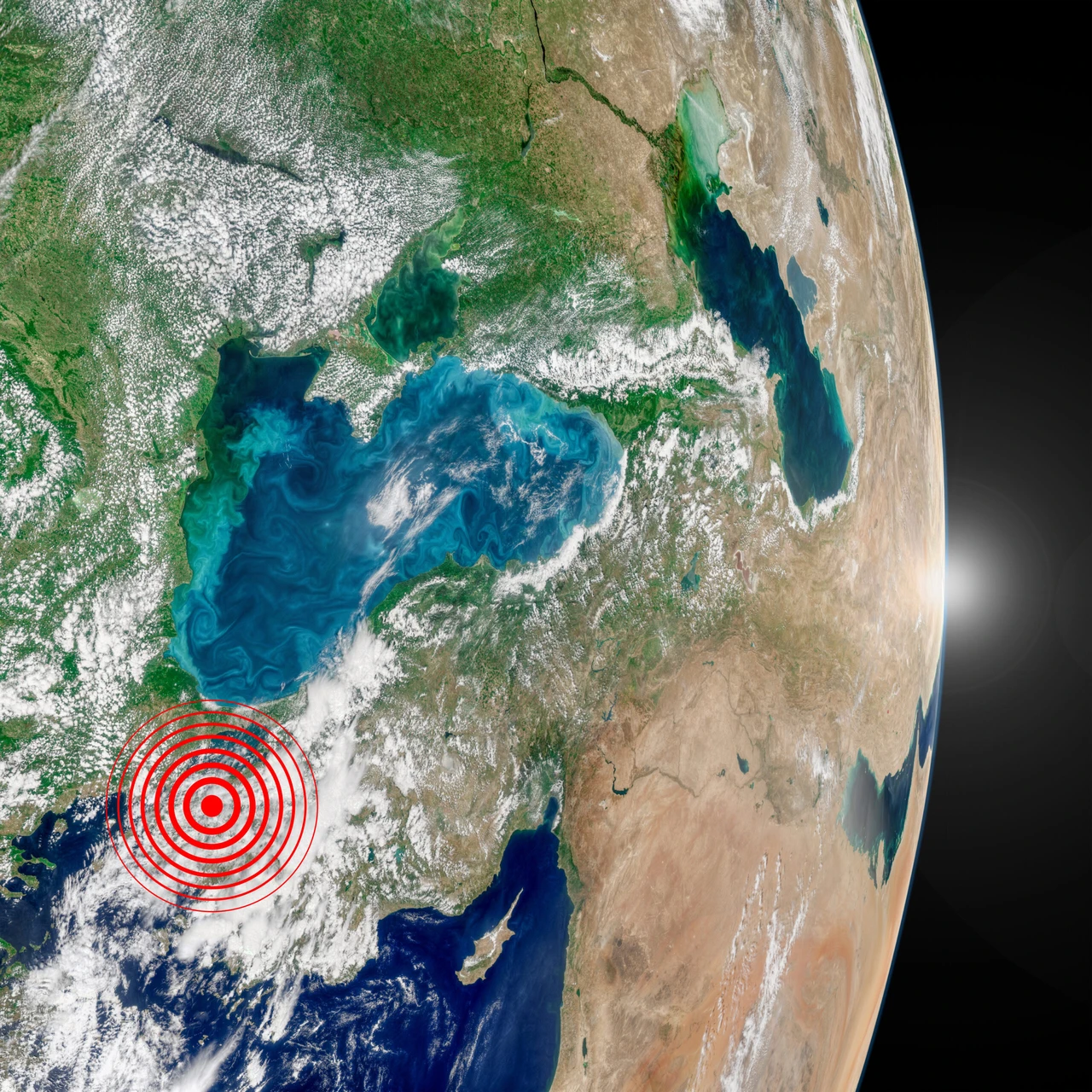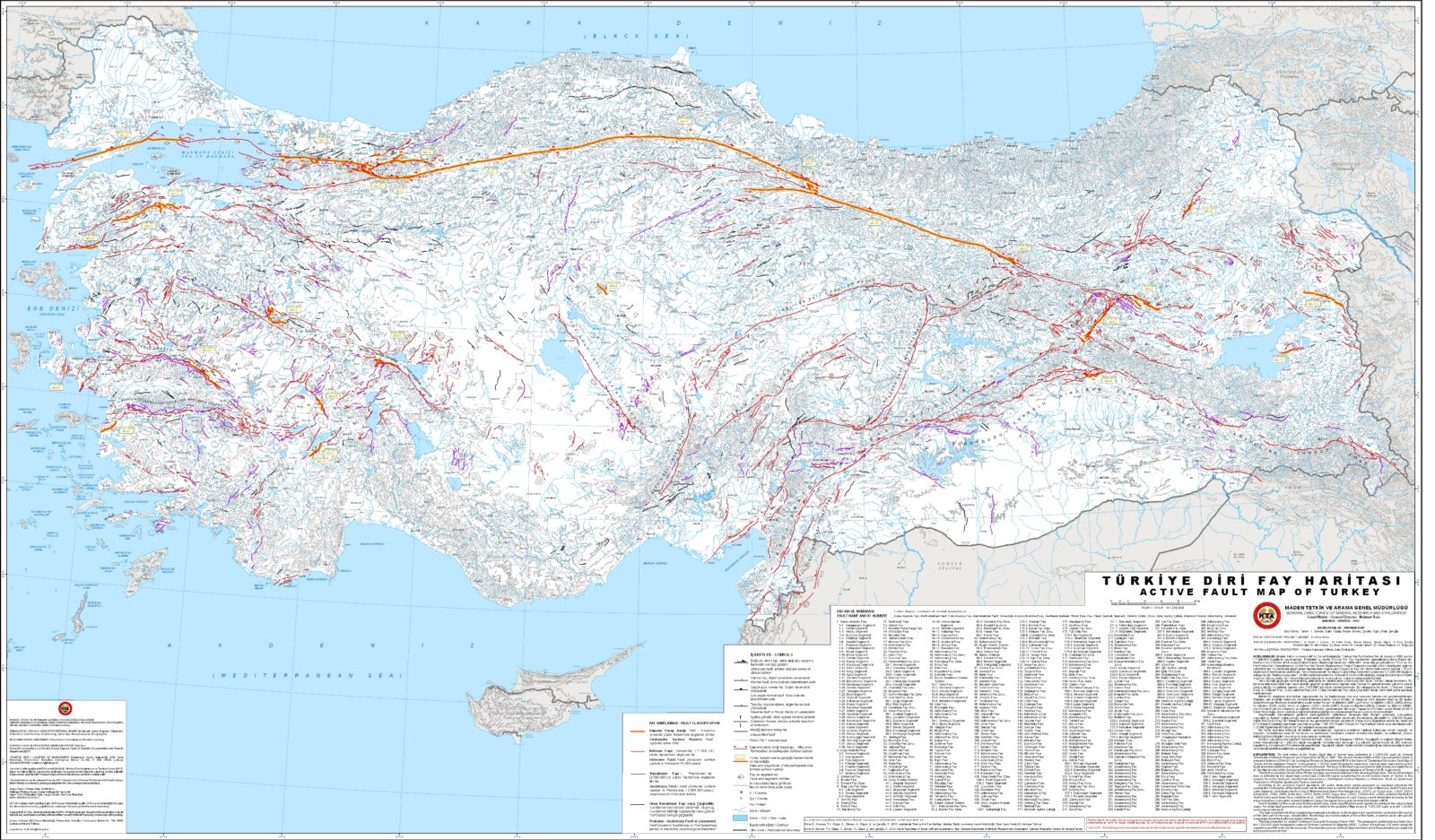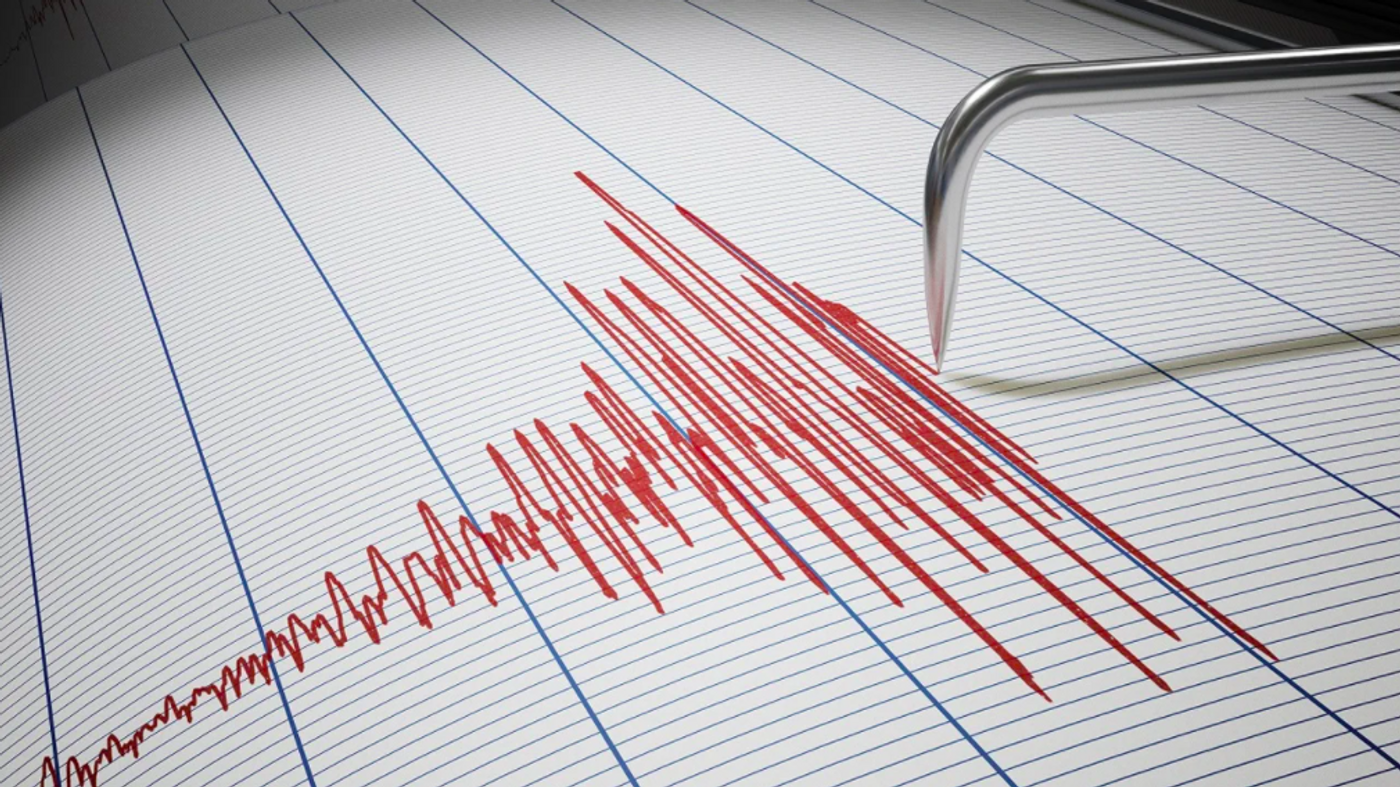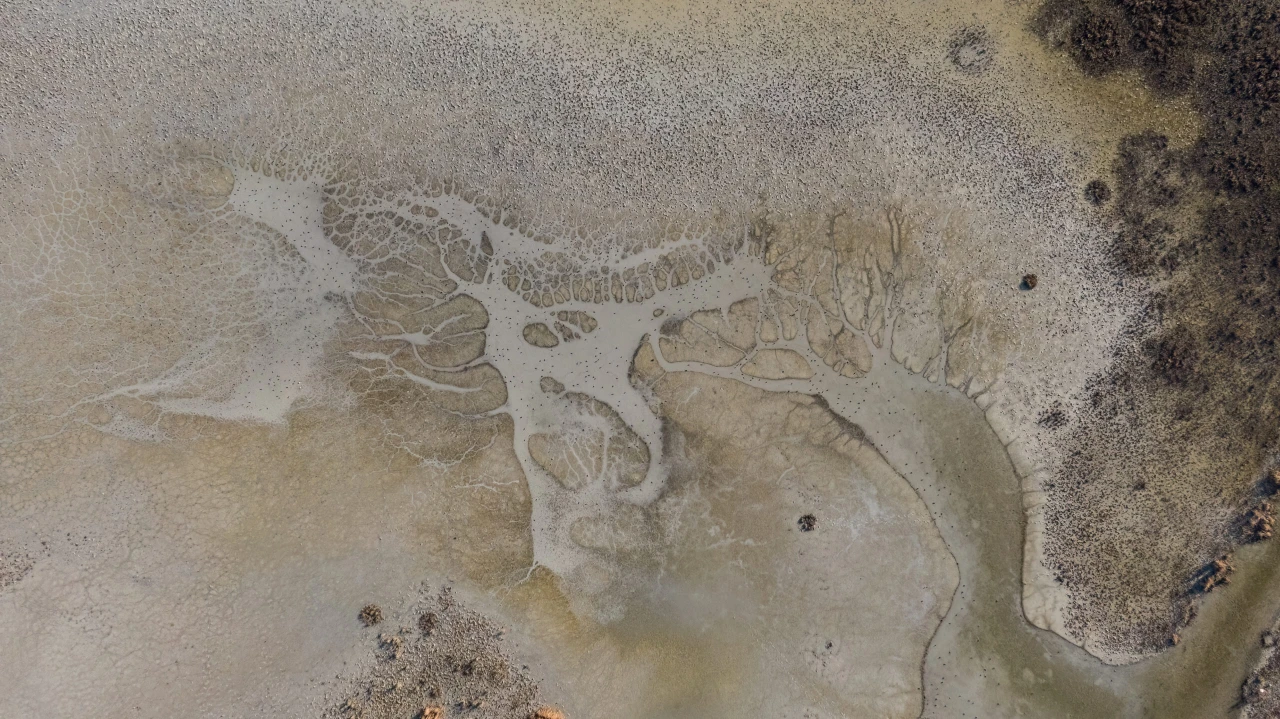Türkiye’s fault line network: 485 active threats spanning 45 provinces
 Earthquake icon in Türkiye's map, September, 2024. (Adobe Stock Photo)
Earthquake icon in Türkiye's map, September, 2024. (Adobe Stock Photo)
The recent 6.0 magnitude earthquake in Malatya’s Kale district has once again underscoredTürkiye’s seismic reality.
The updated map from the General Directorate of Mineral Research and Exploration (MTA) has drawn significant attention, revealing the presence of 485 active fault lines capable of generating earthquakes of 5.5 magnitude or higher across 45 provinces.
High-risk provinces: Major seismic activity expected
The MTA’s updated seismic map has identified a number of provinces with a high risk of major seismic activity.
These areas include key regions such as Izmir, Balikesir, Manisa, Mugla, Aydin, Denizli, Isparta, Usak, Bursa, Bilecik, Yalova, Sakarya, Duzce, Kocaeli and Bolu. The map’s detailed presentation allows users to pinpoint active faults that may run beneath their neighborhoods or even their homes.

Regions classified by seismic risk levels
First-degree high-risk zones
The map identifies provinces that face the greatest threat from seismic activity. These include:
- Izmir, Balikesir, Manisa, Mugla, Aydin, Denizli, Isparta, Usak, Bursa, Bilecik, Yalova, Sakarya, Duzce, Kocaeli, Kirsehir, Bolu, Karabuk, Hatay, Bartin, Cankiri, Tokat, Amasya, Canakkale, Erzincan, Tunceli, Bingol, Mus, Hakkari, Osmaniye, Kirikkale, Siirt
Second-degree moderate-risk zones
Provinces considered to have a moderate risk include:
- Tekirdag, Istanbul, Bitlis, Kahramanmaras, Van, Adiyaman, Sirnak, Zonguldak, Afyon, Samsun, Antalya, Erzurum, Kars, Ardahan, Batman, Igdir, Elazig, Diyarbakir, Adana, Eskisehir, Malatya, Kutahya, Cankiri, Usak, Agri, Corum
Third-degree lower-risk zones
Regions falling into the lower-risk category are:
- Eskisehir, Antalya, Tekirdag, Edirne, Sinop, Istanbul, Kastamonu, Ordu, Samsun, Giresun, Artvin, Sanliurfa, Mardin, Kilis, Adana and Gaziantep (some areas), Kahramanmaras, Sivas, Gumushane, Bayburt, Kayseri, Yozgat, Corum, Ankara, Konya, Mersin, Nevsehir

Central epicenter: TOKI housing projects stand strong
The earthquake that hit Kale, Malatya, resulted in minimal damage, largely attributed to the Housing Development Administration of the Republic of Türkiye’s (TOKI) housing projects.
Following the 6.8 magnitude quake in Elazig four years ago, the Turkish government, through TOKI, constructed 439 residences, 302 village houses, 56 barns and 16 workplaces to accommodate earthquake-affected citizens. These structures, designed to withstand seismic activity, emerged unscathed from the latest tremors, providing much-needed safety and security.
‘Unknown fault lines’ could be hidden threat
According to professor Senol Hakan Kutoglu, from the Department of Geomatics at Zonguldak Bulent Ecevit University, the recent earthquake may have occurred on an unknown fault line not currently mapped by MTA.
He explains, “Satellite data indicates that ground movements west of the Puturge fault suggest the presence of another fault line. Previous quakes in January 2023 also point to activity on faults not yet identified on official maps.”
With the updated MTA seismic map, it is clearer than ever that Türkiye remains a high-risk seismic zone, with numerous fault lines running through major provinces. Preparedness and infrastructure resilience, as exemplified by the TOKI projects, will continue to play a crucial role in safeguarding communities. The possibility of “unknown faults” highlights the ongoing need for advanced monitoring and comprehensive studies.



